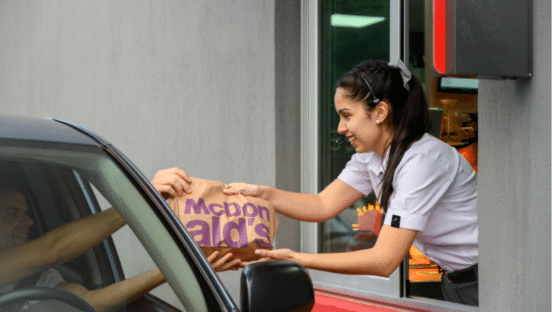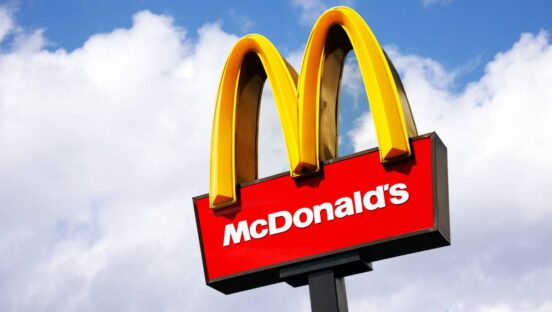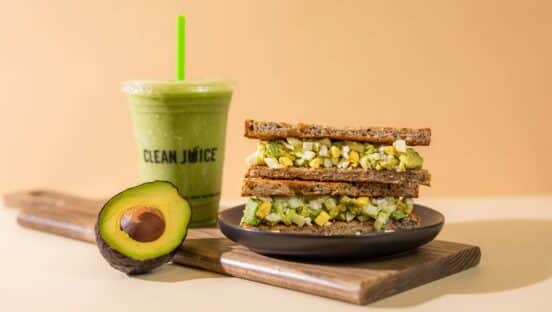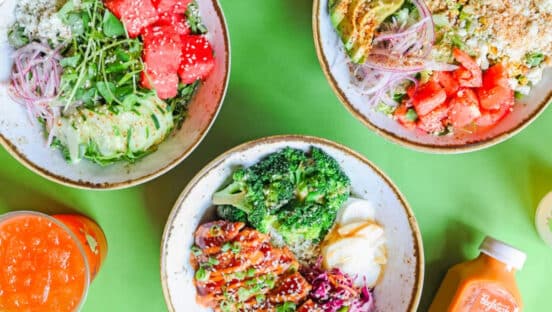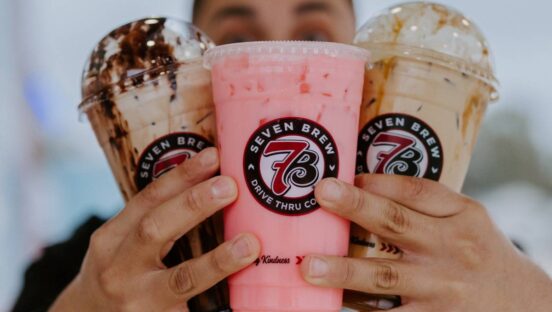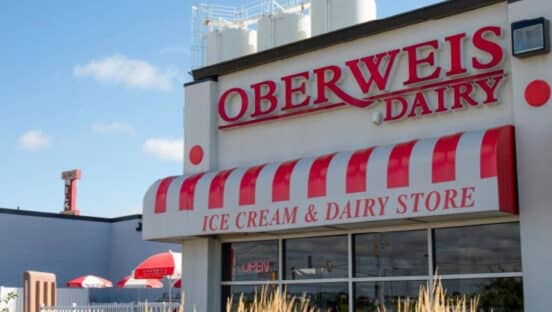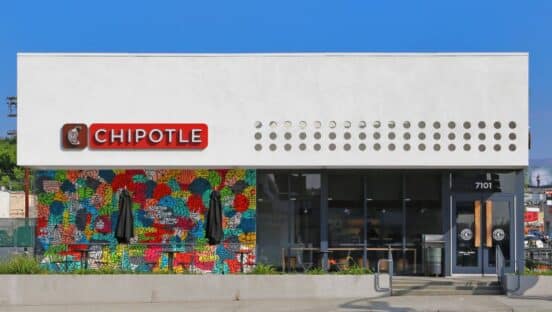While slow and steady, restaurant sales are still trending in the right direction, according to TDn2K’s latest Black Box Intelligence, which gathers weekly sales data from more than 30,000 locations representing 170-plus brands and nearly $70 billion in annual sales.
Year-over-year chain restaurants sales upped 1.1 percent in June, which marked the fourth consecutive month of positive or flat comp sales. This compares to what TDn2K admitted was a “relatively soft” 2017, but it’s still a positive sign given the two-year stack of consistent declines. Sales started to turn in Q4 of 2017, and the restaurant industry has achieved monthly sales increases in six of the past nine months.
However, as has been the case in recent reports, these sales figures aren’t buoyed by guest counts. Store traffic fell 1.7 percent in June, a measly 1 percentage point lift from trends earlier in the year. Rather, check average continues to drive sales. For the first six months of 2018, average check is up 2.9 percent versus 2.2 percent for the same period last year.
“Price increases, largely in response to higher labor costs, are certainly a factor. But a large portion of the change in average check is attributable to casual dining, which may be influenced by the previously noted increase in to-go and delivery,” TDn2K said.
Speaking of off-premises, the booming segment is fueling growth across the industry. Year-to-date all segments expect fine dining are reporting stronger sales. Sales are up 0.5 percent in 2018 so far versus a 1.2 percent decline at this point last year. Casual dining and fast casual are showing the most improvement.
“The numbers reflect a changing landscape with respect to how consumers use chain restaurants. Virtually all the observed gains have come from to-go and delivery sales,” TDn2K said.E
Same-store sales in the second quarter of 2018 were up 0.8 percent, the third consecutive quarterly increase.
Every segment recorded a decline in dine-sales, and every segment except family dining and quick service saw its to-go sales increase. Fine dining and upscale casual reported significant lifts, although off-premises remains a small portion of total sales. Naturally, their in-store sales were the strongest in the industry and speak to the importance of an experience-based offering in full service, the report said. “The degree to which they can expand food delivery remains to be seen,” TDn2K said.
Casual dining has reported double-digit increases in to-go sales so far this year. That isn’t likely to ebb as more chains rush to meet the demand with digital innovations and, in some cases, like with Red Robin and Outback, express units designed for the on-the-go customer.
From a broader perspective, same-store sales in Q2 of 2018 were up 0.8 percent, the third consecutive quarterly increase. Positive sales were notched in 12 of the 13 reporting weeks. Traffic declined 2 percent, which slightly beat the 2.6 Q1 fall.
Seventy-three percent of the designated market areas observed by Black Box reported positive. The Western region was the strongest with a sales lift of 2.6 percent and a traffic decline of 0.6 percent. New England was at the bottom with sales declines of 1.8 percent and negative traffic of 4.5 percent.
“The stronger growth in the second quarter was broad-based and has supported robust hiring,” Joel Naroff, president of Naroff Economic Advisors and TDn2K economist said in a release. “With more people working and wages rising a little faster, consumers are spending again. The good news for the restaurant industry is that households are not over-extending themselves as much as they had been. They are now saving a little more as well as spending more. That means the improved demand at restaurants should be sustained.”
As TDn2K points out, a downside of a strong labor market that propels restaurant spending in the most challenging staffing environment in recent memory. Turnover at both the hourly and management levels are at record highs. Its People Report suggests that “new normal” won’t change anytime soon.
“Accordingly, brands are struggling to adapt their service models to the new reality of low unemployment and rising wages. This is an especially difficult balancing act,” the report said. “Margins are always a priority, but experienced operators are well aware of the established linkage between quality service, consumer sentiment, and revenue.”
Added Naroff on the broader economic outlook: “The only risk to the economy is the emerging trade war. Right now, it is largely a skirmish that should not affect economic activity significantly. But if the tit-for-tat on tariffs accelerates, growth could be harmed, inflation could accelerate and interest rates could rise even further. The best guess is that it will not reach that stage, so expectations are that the economy and consumer spending will be solid the rest of the year. That bodes well for restaurant sales.”


